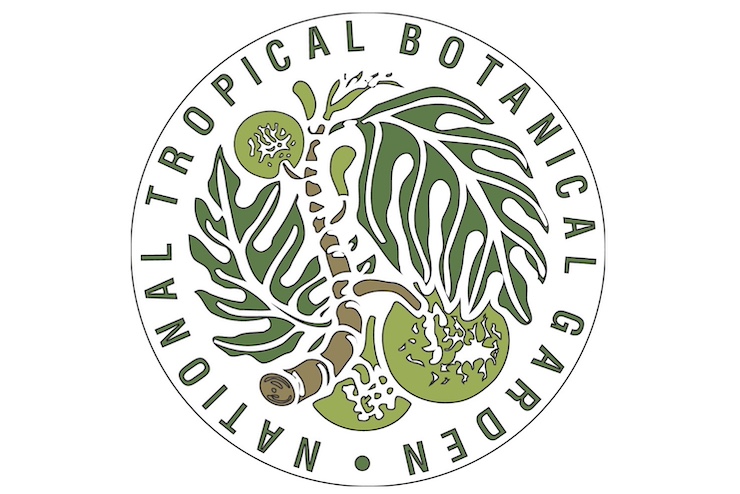
The National Tropical Botanical Garden (NTBG), a non-profit, non-governmental organization, is headquartered in Kalāheo on the island of Kauaʻi, Hawaii, and operates five diverse garden centers throughout Hawaii and Florida. For much of its work, NTBG researchers relied on a dangerous, time-consuming, and ineffective rope system to access plants growing on cliffs and outcroppings. In 2016, Ben Nyberg, one of the researchers at NTBG, was inspired to use drones to study the many inaccessible cliffs and landscapes the organization covers. This inspiration led to a landmark discovery for NTBG.
Originally discovered in 1991, four samples of Hibiscadelphus woodii were found on a Kauaʻi cliff by biologist Ken Wood. The last plant was found dead in 2011 and was classified as extinct in 2016. In January 2019, accompanied by Ken and Steve Perlman, Ben had the opportunity to validate the drone program. Using the drone to take hundreds of photos, which were then closely examined in a lab, Ken and Steve confirmed that Ben had found several examples of the previously deemed extinct H. woodii.
For Ben, the rediscovery through drone technology left one simple question: what was next? “This new technology provides a promising avenue for finding, collecting, and saving plants that might otherwise be lost forever,” he said. Fast forward to 2024, and Ben’s drone program is still going strong. While most of the time the drones aren’t making big discoveries, they provide NTBG researchers with the tools needed to set conservation parameters. However, this past year, Ben’s drone program was used to make a significant discovery.
Working with Outreach Robotics, a drone company that was founded as a spinoff from the University of Sherbrooke in Quebec, Canada, NTBG not only discovered a new plant species via drone technology but also collected samples of the plant. Once again using a drone to explore the cliffs of Kauaʻi, a team of researchers from NTBG spotted a unique plant growing from a crack in the rocks. When examining the drone images, the team was almost certain it was a new species. However, to confirm their theory, they needed a way to collect a sample of the plant.
This is where the innovation of Outreach Robotics came into play. They developed a new tool specifically for collecting plant samples in inaccessible locations. “Our cliff drone sampling tool is a stabilized robotic platform that can be attached to a UAV,” explains the company’s website. “It operates with a centimetric precision, allowing it to move independently from the UAV and perform complex tasks with great accuracy.” The attachment, called Mamba, hangs from the bottom of the drone. Using the drone’s onboard camera and the camera on the Mamba, the team positioned the device in front of the plant. With delicate precision, a compartment on the Mamba grasped the plant and used a blade to cut off a sample.
Once the drone returned the sample to the team, they sent its seeds to experts at the University of California, Irvine, for classification. The plant, which Ben first photographed with a drone in 2022 in Kauaʻi, was indeed a newly discovered species. They named it Schiedea waiahuluensis after the region in which it was found. The researchers published a paper on the project in the October 9, 2024, edition of the online journal PhytoKeys. In the paper, they state, “This discovery is likely the first time an undescribed species has been located and collected via drone, demonstrating the profound significance of unmanned aircraft systems in the conservation and prevention of plant extinctions.”
The paper goes on to note, “Hidden floristic diversity is likely to emerge as we embark on this new era of exploration and documentation of cliff ecosystems. The discovery of S. waiahuluensis after over 40 years of intense interest in this genus on Kauaʻi indicates the potential for new discoveries using drone technology in studies of other endemic plant genera in the Hawaiian Islands.” This discovery and the integration of drone technology underscore everything the NTBG strives to achieve. This breakthrough serves as a reminder of the importance of combining technology with environmental stewardship to ensure the survival of our planet’s most vulnerable species.
|